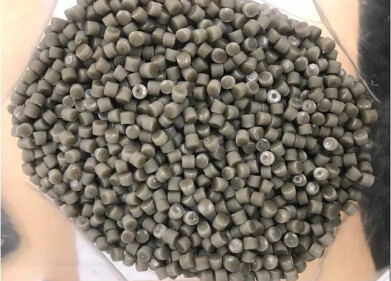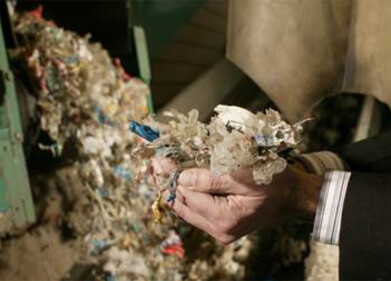Waste Management
Recouping Energy Lost to Heat in Industrial Processes
Apr 28 2016
A joint venture between researchers from Malaysia and Australia has resulted in an ingenious method of recovering the energy traditionally lost to heat during industrial processes. A cooperation between Universiti Teknologi MARA in Malaysia and the Australian RMIT University has struck upon the technique, which purports to convert more waste heat than ever before into usable energy.
Though the idea has only been tested on a small scale and in laboratory conditions thus far, the scientists behind the venture are hopeful it will stand up to larger-scale testing in real world situations.
Turning Up the Heat on Industrial Waste
It’s no secret that the emissions from power plants and factories are damaging the environment with their toxins and pollutants, as well as wasting energy that could be used for other means. Indeed, monitoring emissions from incineration plants has become standard practice in recent years as technicians attempt to recoup some of these gases and use the potential energy stored within to achieve renewable energy of a fashion.
However, by focusing solely on the emissions, we neglect the significant amount of energy which winds up as a by-product in the form of unwanted heat. It was the aim of the Australian and Malaysian team to find a way to harness this wasted heat and squeeze every last piece of potential energy from it, thus bringing down energy bills and saving the environment simultaneously.
Refining a Long-Practiced Process
It’s not a new idea to take advantage of waste heat as a means of further energy production. The invention of thermoelectric power generators (TEGs) has been applied to refrigerators, wood-burning ovens and car engines, to name but a few.
However, TEGs are only able to capture and process a small amount of this heat energy, with the vast majority of it escaping once more in the form of heat. The joint venture attempted to remedy this by capturing the heat from TEGs after it had already been through one of its cycles.
They achieved this by placing heat pipes on either side of the TEG, capable of trapping and transmitting the heat from one place to another. While one pipe fed heat into the TEG, the other captured any warmth emitted from the device.
Promising Signs
The prototype system found that for every 2kW of energy which were fed into the system, 1.35kW were recovered at the other end in the form of heat – over two-thirds of the total input. Furthermore, a reading of 10.39w of electricity was produced by the system during this time.
Since neither TEGs nor heat pipes require any sort of power input other than the waste heat, they are cheap and effective methods of making all types of machinery more efficient. If their conversion to real world situations is successful, they could represent a fantastic breakthrough in terms of energy efficiency and cost-cutting in the industrial world.
Events
Nov 26 2024 Paris, France
Nov 27 2024 Istanbul, Turkey
H2O Accadueo International Water Exhibition
Nov 27 2024 Bari, Italy
Biogas Convention & Trade Fair 2024
Nov 27 2024 Hanover, Germany
Dec 11 2024 Shanghai, China







-as-feedstock.jpg)






